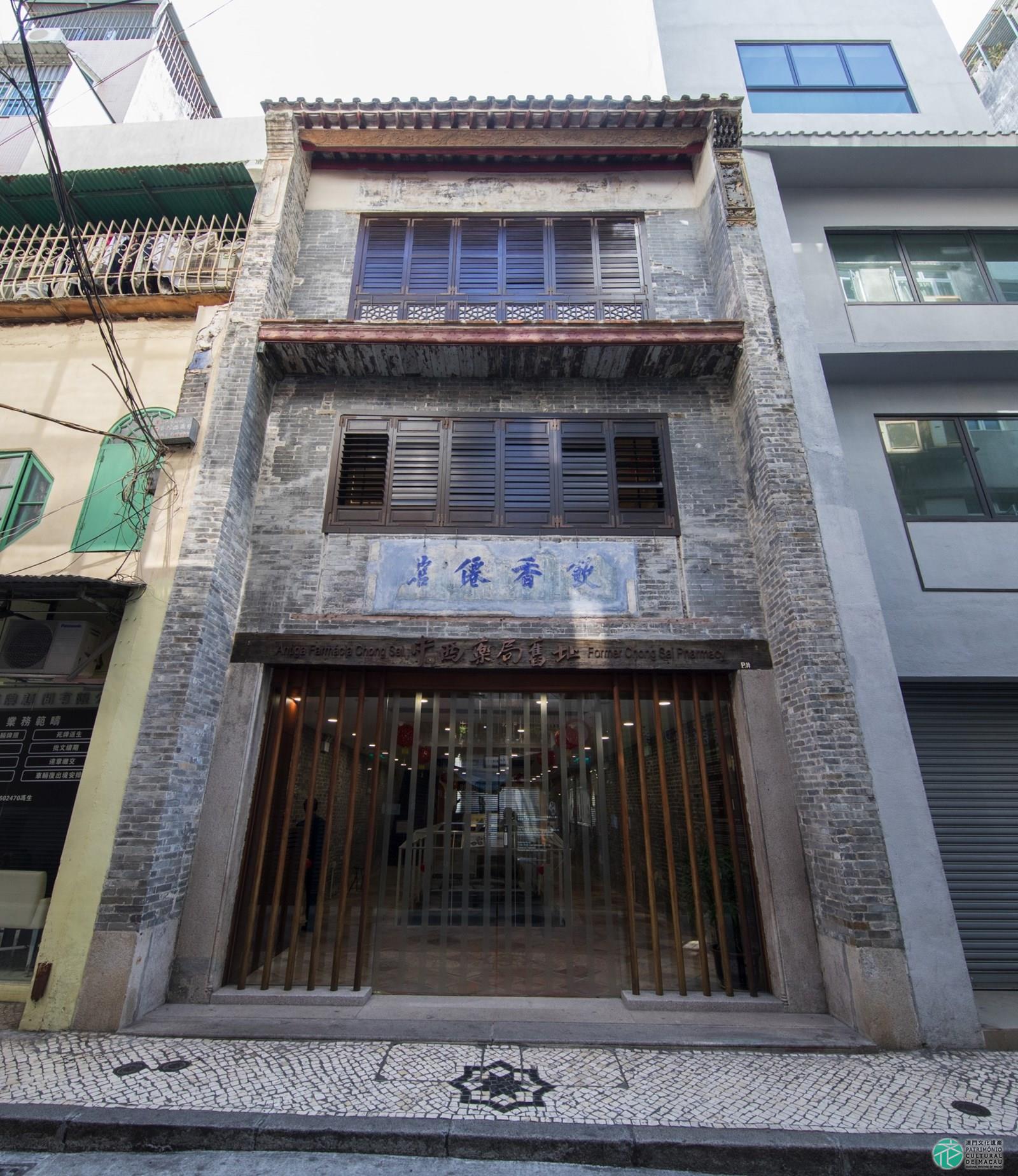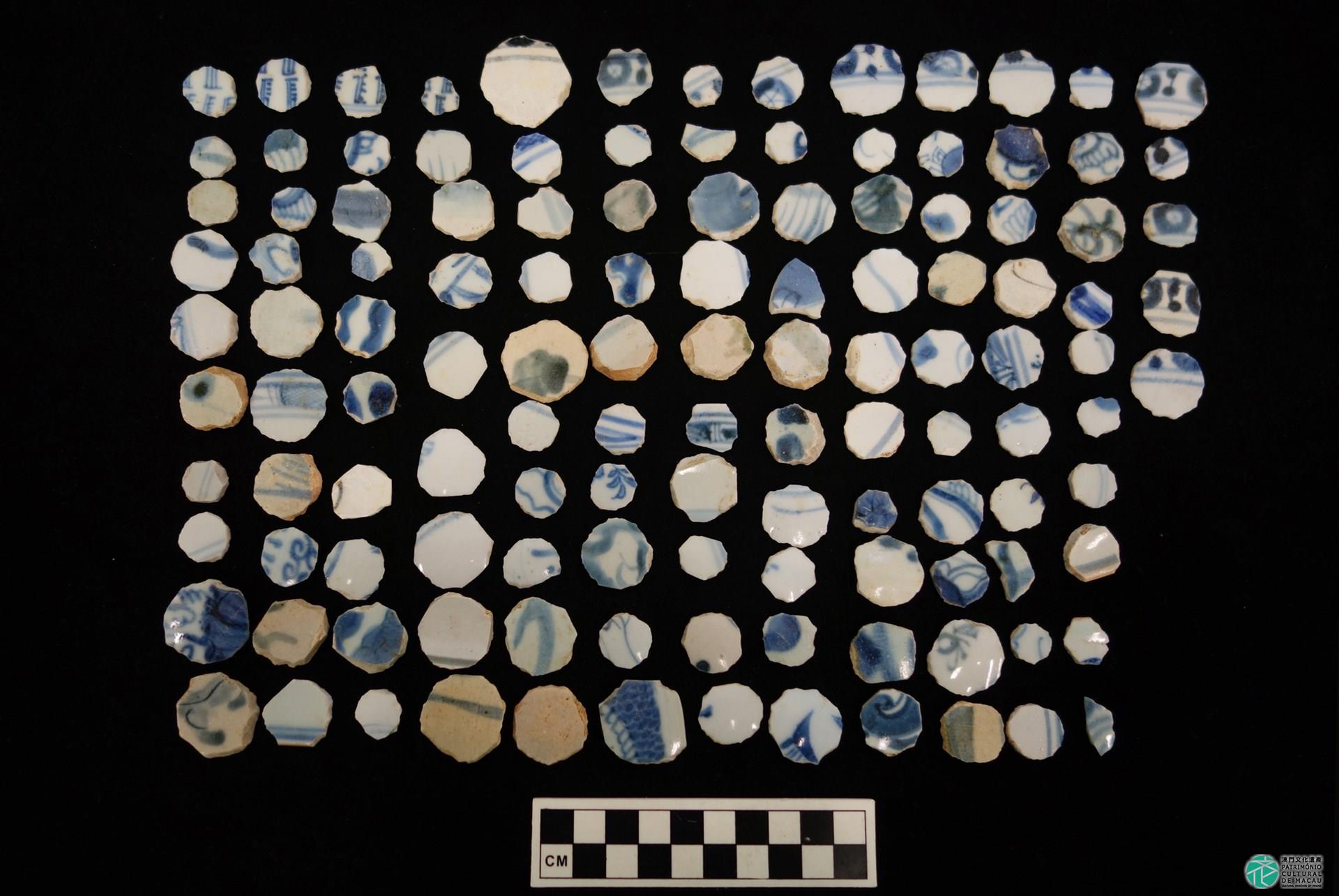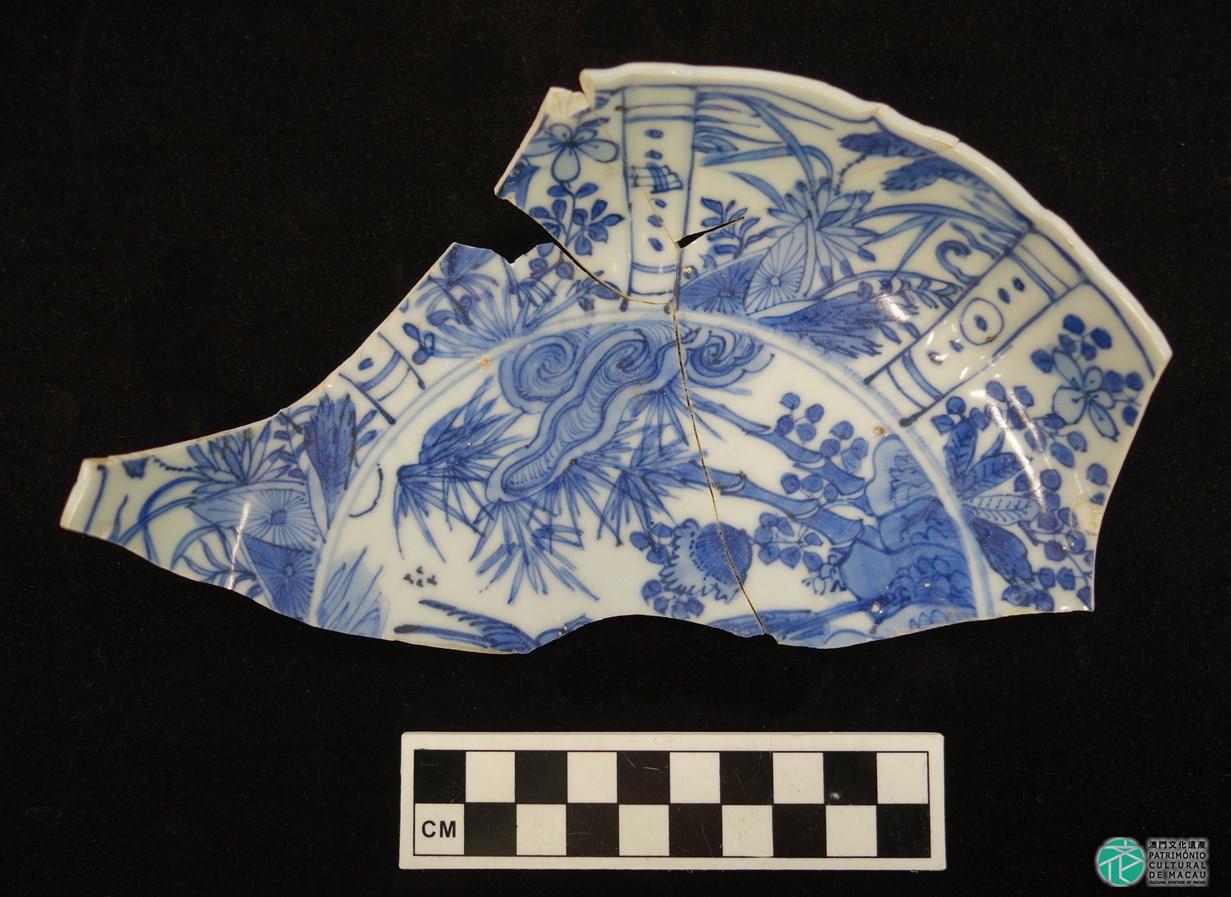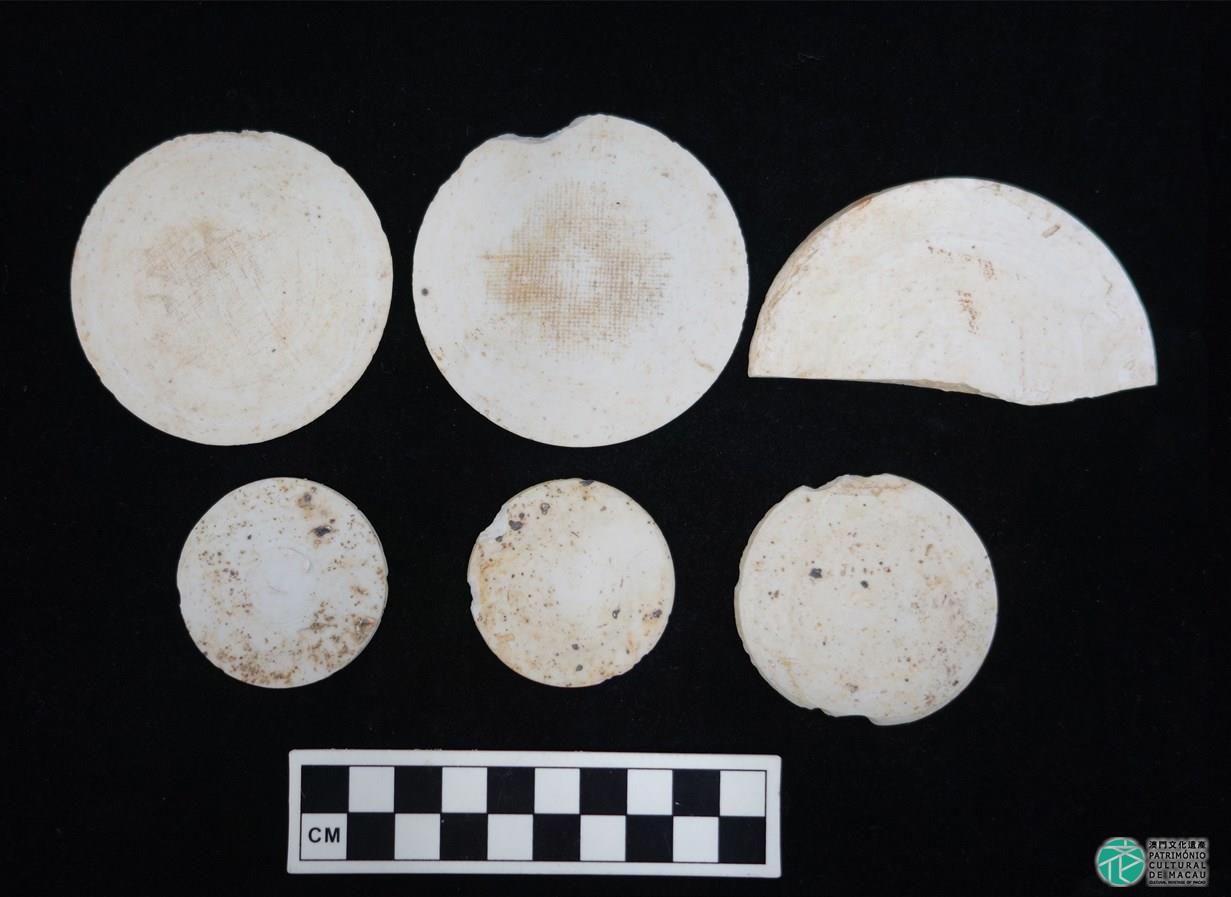Rua das Estalagens is located in the “Patane” area, towards the old northern coastline of Macao, which approximately covers nowadays the Inner Harbour district between the A-Ma Temple and the Rua do Tarrafeiro. According to historical records, this old so-called “North Bay” was the most prosperous and important trade port in Macao, where a Guangdong’s Customs branch office and a Taxation Office near today’s Rua do Teatro were also located, in the period of the Qing dynasty. Later on, the shoreline around the Rua das Estalagens progressively changed and became more distant, following the continuous expansion of the coastal area of the Inner Harbour over the riverbed, owing to natural sedimentation and land reclamation works.
Between 2012 and 2015, the Cultural Affairs Bureau began restoration works on the building located at no. 80 in Rua das Estalagens. During this project, archaeological remains were unearthed at the level of the foundations of the building, leading to the beginning excavation works on the site.
Among the findings were the remains of an old stone pavement and a large stone structure, dating to a period prior to the construction of the present building no. 80. This large stone structure is considered the most important discovery on this archaeological site, being composed of four perpendicular elongated stone structures, measuring around 1.5 metres in width, with the longest being around 22 metres in length, laid out largely parallel to the house or perpendicular to each other, in a northeast-southwest orientation, and made of, at least, three layers of piled granite blocks. There was also the discovery of porcelain base separators and Kraak porcelain fragments, produced for export sale, in the late Ming and early Qing dynasties.
The location of the site, which appears to overlap with the previous coastline limits, together with the data that resulted from stratigraphic studies, as well as relevant historical references and old maps, has led to the conclusion that this stone structure is, most probably, the remains of port facilities that used to exist alongside the coast of the original “Patane” area of Macao. This discovery provided archaeological evidence of Macao having been a transhipment port and trade hub, during the Ming and Qing dynasties.




